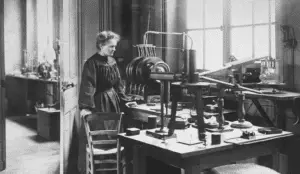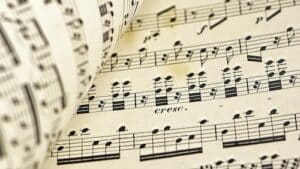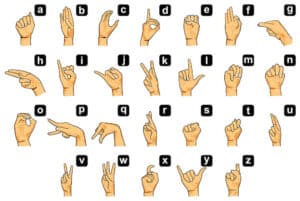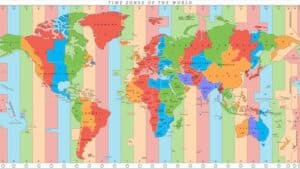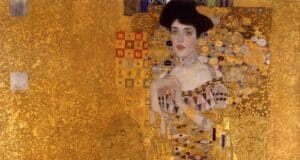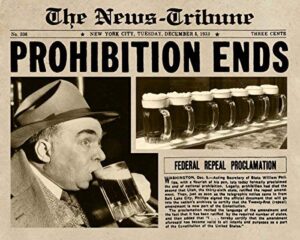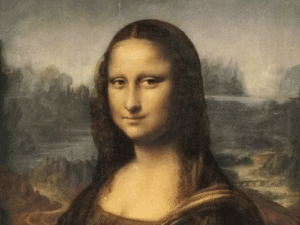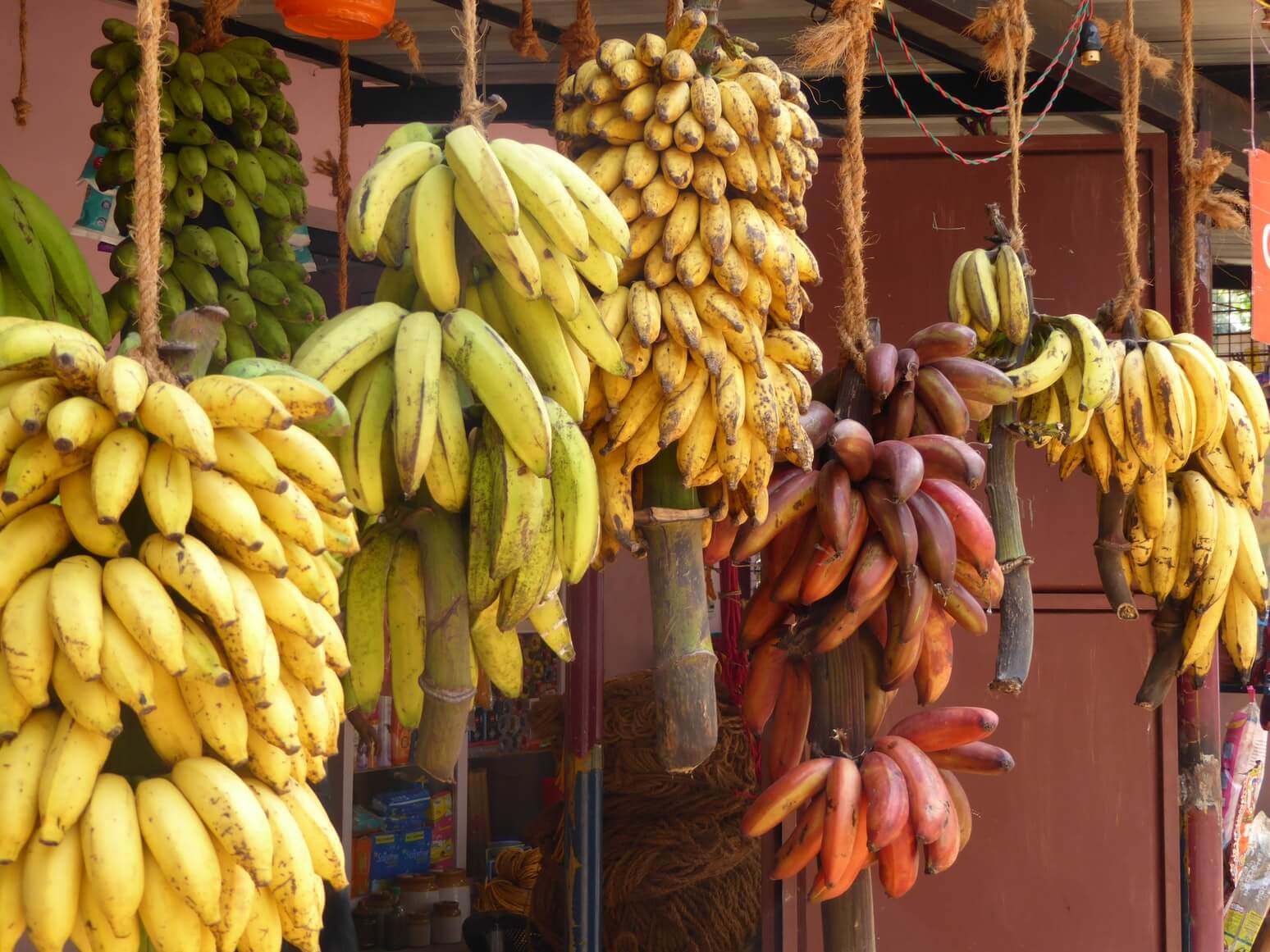Why do we still have kings and queens today?
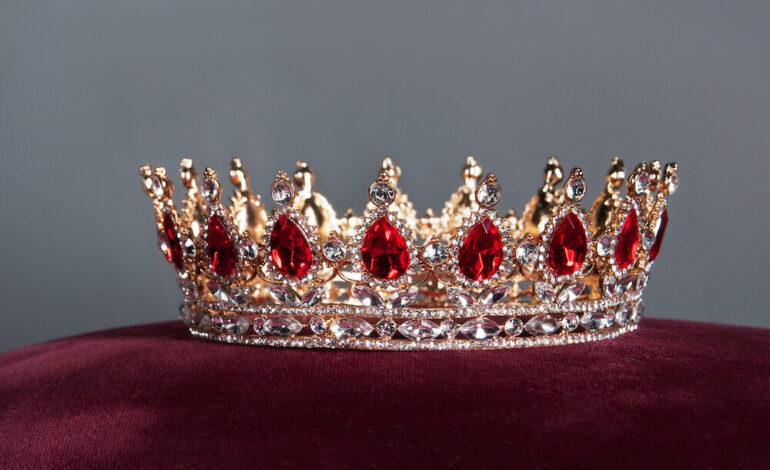
Introduction. What is a monarchy?
We hear of kings and queens in fairy tales and medieval history. But what can they give us in today’s world, we think? And why citizens of the UK, Japan, or Spain, for example, don’t put this ruling system to question? How is it still possible for a monarchy to exist in the 21st century?
Monarchy is a form of government where a particular individual gets authority over citizens by the right of birth. That is, one gets to rule if they are born in a family with a crown.
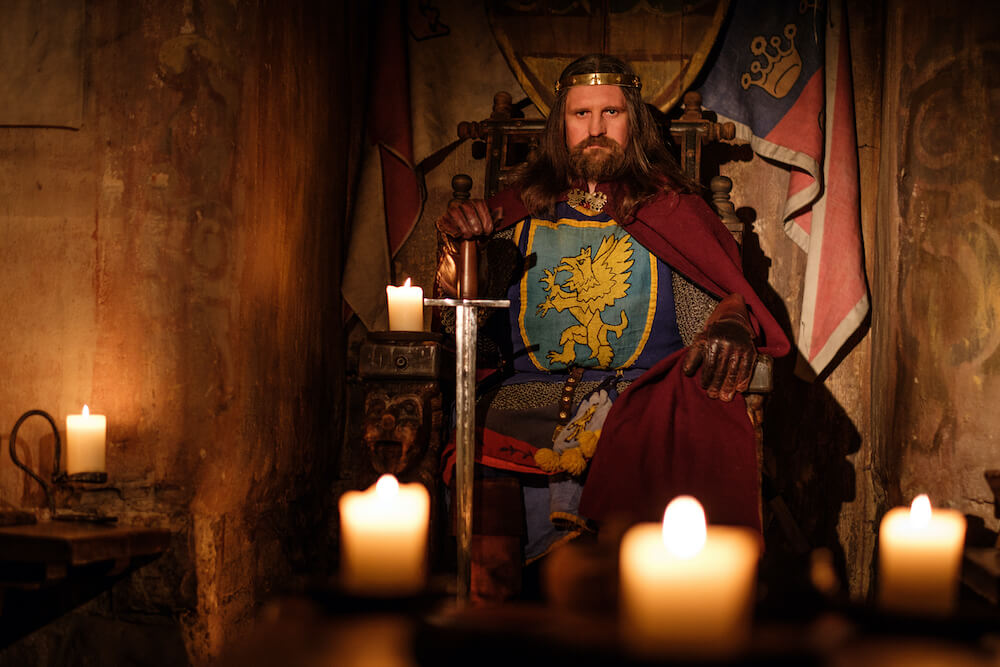
Historically, monarchy is an older political system than democracy and republic. First kings appeared in the Middle East, China, India, and in civilizations of Aztecs and Maya thousands of years BC. Back then, the Crown was the ultimate foundation of security, continuity, and social peace.
A peasant or a lord, citizens knew that breaking the law means being called to the Crown’s justice. Thus, following a common way of life and submitting to an established law code seemed better for everyone.
The monarch was the ultimate institution for everyone to seek justice. Peasants and citizens could file a lawsuit against an abusive lord, and the Crown as an overarching ruler could punish anyone.
But what does it have to do with today’s world where the concept of human rights, courts of justice, universities, and many more democratic institutions exist? People don’t have to rely on one person in particular to seek justice and peace. Yet, monarchs have managed to root their presence in every aspect of social life. Why?
We’re going to find out the answers to these questions. There are not only political but also historical, religious, and cultural reasons why monarchies persist. We’ll also glimpse at some particular countries with monarchies to get a grip on this power relationship monarchy provides.

How do monarchs justify their rule?
First of all, the grounds of the monarchy lies in religion. Kings and queens claim to be heads of churches or supreme servants of God; they claim to enforce the will of God within their realms. For instance, in Saudi Arabia, kings are sovereigns by the right of descendence from Mohammed, the supreme prophet and leader of Islam. So, they make others believe their political program is the one that God wishes.
In Thailand, people believe that kings rule in the right of dhamma, a Buddhist concept of divine order in the Universe. The idea is that if people live in toil and pain on Earth, kings can help them find solace by protecting them from earthly injustice.
In Japan, they believe the Emperor is a descendant of a powerful deity, Amaterasu. In the Japanese language, his title is Tennō—the Emperor of God.

The same with European monarchies, all of them based on Christianity.
In Middle Ages in Europe, theologians formulated a concept of the divine right of kings. Kings were messengers of God’s will and power on Earth. The divine mission of the kings was to convert more people to Christianity, salvage their souls from hell, and protect the Christian church from enemies.
Times changed, and Christian kings and queens were losing their grip. No more could they avoid an outrage from atheists who were also the citizens of their states. Still, in England and Denmark, the queens are heads of national Churches. In Spain, Luxembourg, the Netherlands, Sweden, and Norway, they have to be members of the Christian church and promote these values in public. Religion is a powerful tool, and the monarchy learned to use it.
Next, there are culture and traditions. These are the foundations of monarchies where the monarchs embody the state. Thus, their personalities, words, and actions take on symbolic power to influence the course of their country. During pandemics, for example, queens and kings have taken to promote the values of mutual support, empathy, and sacrifice.

Most modern monarchs stayed with their citizens in dark times and embodied the human values they promoted. For example, during WWII, the king of Norway, Haakon VII, resisted appointing a prime minister loyal to Nazis, inspiring Norwegians to oppose Nazi occupation.
In Britain, King George VI stayed in Buckingham Palace when London was under air attack to show that he risks his life as much as everyone else does.
Monarchs in such countries represent the state abroad. Of course, there are prime ministers, foreign secretaries, and lower-rank diplomats to oversee day-to-day foreign contacts. But the monarch represents the whole nation.
Finally, monarchs can grant orders of excellence, awards, and medals for actual deeds of honor, bravery, or talents. There is a public consensus that they award only true merits and worthy actions.
So, to sum up, monarchy pervades social institutions in so many ways that getting rid of it overnight can be quite a risky idea. Monarchy takes on:
- religious rationale
- symbol-of-the-state rationale (national unity, foreign representation)
- addresses the values crucial to social cohesion (awards orders of merits, addresses nation, etc.)
What Countries Still have Kings and Queens
We saw that monarchy has some symbolic functions. It is primarily a political institution. We should keep it in mind because a king or a queen, with their supreme power, can compete with our democratic choices and wishes.
Today, a monarch’s power is usually limited and distributed among other branches of power to some extent. Based on that, political scientists categorize monarchies into:
- absolute
- constitutional
- semi-constitutional.
An absolute monarchy implies that the Crown has full and undivided power over any part of politics. There are only a few absolute monarchies that still exist.
A constitutional monarchy is a system where a monarch is vested with some of the most vital functions whereas their actual power over policy-making is notably limited or even completely revoked.
A semi-constitutional monarchy is something in the middle of the previous two.
Most contemporary monarchies are constitutional. So, in terms of democratic policy-making, they cannot affect, block or nudge the popular wishes, sympathies and criticism. The political duties and responsibilities of royalty in a constitutional monarchy are limited and managed by other government authorities.
But what are the powers kings and queens still have?
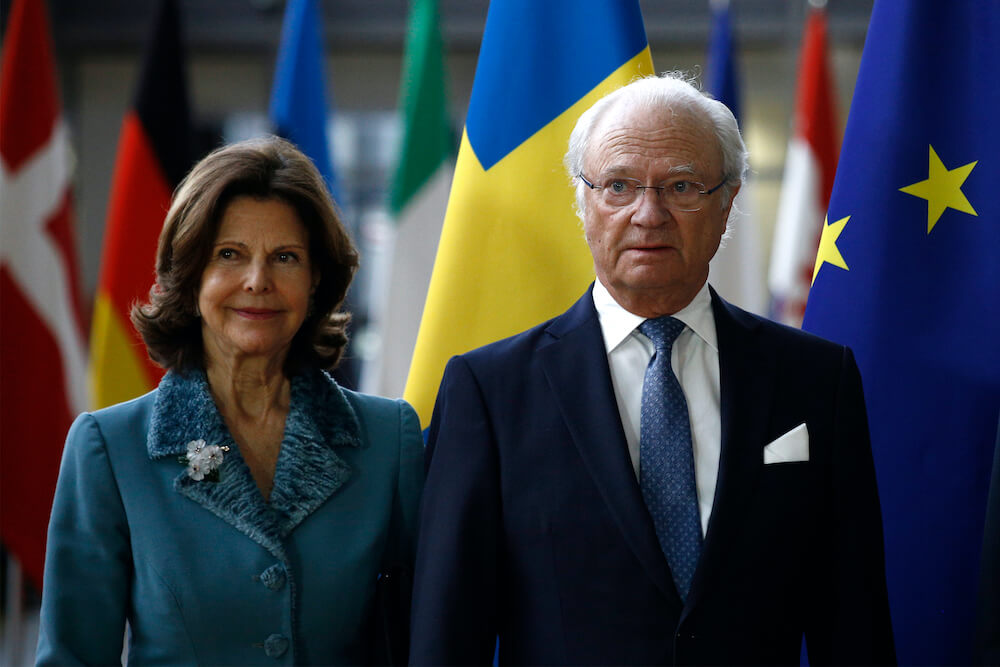
As a rule, kings and queens in a constitutional monarchy have rights to:
- declare war and peace
- veto laws and bills (but usually a parliament has a procedure to overcome the royal veto)
- dissolve parliament and call new elections
Normally, kings and queens in constitutional monarchies don’t exercise all these powers at will. There are numerous secretaries, intermediaries, and intricate procedures to control such royal decisions in the making.
To grasp the intricacy of a modern monarchy, we’ll look at the historical roles and political positions of such ruling systems in several countries where a crown still matters politically and culturally.
Absolute monarchies
For social and cultural reasons, the absolute monarchies sustained in few countries—for instance, in Saudi Arabia, UAE, Oman, Brunei, and Eswatini.
Let’s look at Saudi Arabia, the largest and, perhaps, the most famous among them.

Before the 20th century, Saudi Arabia wasn’t a sovereign state. It was a far-off part of the Ottoman Empire with poor standards of living. The only thing that made it notable was the pilgrimage to the two cities, Medina and Mecca, where Islam founder Mohammed lived and taught.
In the 1930s, Ibn Saud, one of the tribal leaders, managed to unite the other tribes under his control. Thus, he founded Saudi Arabia and became its King. His family belonged to an ultra-Orthodox section of Islam—Wahhabism.
The year 1938 redefined the destiny of Saudi Arabia for the next century or two: people found enormous oil reserves near the Persian Gulf on the territory that belonged to a group of Saudi clans. They saw the potential and started making money off it.

A US-controlled company, Aramco, developed the oil business hand-in-hand with Saudi elites. They gained rapid economic upheaval, astronomical revenues, and political influence abroad. In turn, this led to rivalry and hostility within the extended royal family of closely tied clans. Throughout the 20th century, some Saudi kings were assassinated by their relatives eager to take the throne.
Meanwhile, Saudi Arabia became the world’s second-largest oil producer and first oil exporter.
Only in the 21st century, family battles cooled down while Saudi kings gained immense power. The King rules according to the strictest sharia (the code of law in Islam) that excludes women from public life and employs the death penalty for premarital sex and homosexuality. The government imposed a ban on many Internet websites and social media for ordinary citizens. There are no elections or political parties, whereas the King rules by himself and consults only with a council of advisors of his choice.
Despite human rights violations, political censorship, and religion-based laws in place, an absolute monarchy Saudi Arabia is one of the most powerful nations in the international arena.
How does a modern constitutional monarchy work?
Most of the contemporary monarchies are constitutional ones: the UK, Japan, Thailand, Denmark, Sweden, Norway, the Netherlands, Belgium, Spain, Malaysia, etc.
Moreover, Commonwealth nations (the former British empire) form a union and recognize Elizabeth II as the head of their states. So technically, all Commonwealth countries—Australia, New Zealand, Canada, the Bahamas, and others—are monarchies, too.
Let’s start our tour with Japan.
The history of the Emperors of Japan dates back to the 6th century AD. During WWII, Japan caused many atrocities and ruin, especially in China, Korea, and Indonesia. The Emperor was personally in charge of those war crimes, so there were efforts to abolish the imperial rule and try him as a war criminal after the war.

Nevertheless, an international community suggested a new role for the Emperor. To preserve the country and its dignity, he had to become the symbol, while stripped of any real power. Formally, he appoints the prime minister, dissolves parliament, and suggests constitutional amendments. But he can do it only on the counsel of the government.
Now, the Emperor is a living embodiment of the aspiration for peace in Japan. The previous Emperor, Akihito, personally visited the countries upon which Japan inflicted damage during WWII and apologized for the past deeds of his predecessors.
In 2019, Naruhito, the son of Akihito, ascended the throne after his father abdicated it. He and his wife intend to focus on the contemporary agenda, from climate change to digital transformation.

Overpowered by the prime minister, the Emperor has no means to influence policy-making. At the same time, he became an inherent element of Japanese restoration after WWII.
In Thailand, the situation is different. Thai kings wear lavish robes and reside in mammoth palaces with lots of bodyguards.
Since the 1700s, the king has had the status of ambassador of universal harmony on Earth. Under the constitution, the King of Thailand is the Head of State and the Commander-in-Chief. He signs all the orders passed onto him by the prime minister, government, and parliament.
Still, with such limited initiative and a symbolic role, the monarch is believed to be infallible. In Thailand, one can get a prison sentence for criticizing the monarchy and the king explicitly.

The previous king behaved according to his godlike status. But in recent years, his son, King Rama X, Vajiralongkorn, abused his ceremonial role and became the target of tabloid headlines. There were mass protests against his rule in 2020.
What about monarchies in Europe? In European constitutional monarchies, we have kings and queens who perform ceremonial functions—from awarding medals to making visits abroad. But in each case, there is an intricate historical rationalization in the background.
For instance, in Scandinavian nations, monarchies date back to Vikings; to the citizens, it means continuity, unity, and stability over different historical periods. Scandinavian monarchs symbolize what their nations should aspire to achieve.
In Spain, because of the turbulent and troubled history of the previous century, the king is not even a ruler. According to the Constitution, he is the Head of State. The sovereignty lies in the hands of the people who recognize and authorize such a framework as prudent. In Spain, they can even try the king in court.

The coronation ceremony of King Felipe VI and Queen Letizia at the Congress of Deputies, 2014, Madrid, Spain Juan Carlos I, who in 2014 abdicated to his son Felipe VI, is the suspect for criminal prosecution and courts. There is much evidence of his links with international corruption, for instance, with Saudi kings and Arab sheiks. So, in today’s world, it is possible to try kings as ordinary citizens.
The most famous example of a European constitutional monarchy is the British monarchy.
Today the Crown symbolizes the unity of four nations in the UK—England, Scotland, Wales, and Northern Ireland—in one kingdom.
In terms of political influence, the Queen of the UK has duties typical for a constitutional monarchy, though formally she can exercise her power without government advice. For instance, the Queen can veto bills or dissolve parliament with her judgment since there is no written instruction not to do so. But the historical precedent and tradition made it uncommon, and there is a consensus that the monarch wouldn’t resort to such measures too often.

Lastly, semi-constitutional monarchies include Monaco, Lichtenstein, Jordan, Morocco, Bahrain, and Kuwait. In such a political system, the monarch is limited in his power and should follow the instructions of the prime minister or parliament while maintaining some executive roles. For example, in Monaco, the prince is personally involved in executive and judicial matters, in effect, working as a prime minister.
Historically, this form of government endured only in small countries with stable economies and social institutions.
Today most monarchies are constitutional ones, with notably limited roles for kings and queens. In most countries, they can participate in politics, but either tradition or popular reaction would prevent it.
Abolishing the monarchy is in many ways risky for the whole society, from the legal status of citizenship to the national unity, as is the case of the UK or Spain, for example. The most important conclusion is that citizens of constitutional monarchies tend to support them.

Will kings and queens live any longer?
So far, we have looked at formally political and historical reasons for monarchy endurance in some nations. It might have struck you as implausible or senseless that taxpayers should financially and politically support a person or an entire extended family to unveil plaques and give speeches.
But the Crown is rooted in many aspects of society; therefore, transitioning to a republic might be a risky adventure. We mainly touched on its religious, symbolic, and social cohesion functions.
Do people support their monarchs?
In Britain, for instance, the latest poll shows:
- more than 60% of citizens support the current ruling system
- 43% believe Britain would be worse off without the monarchy
- only 17% think that the monarchy has to go.
Similarly, in Japan, the latest poll shows that 75% of Japanese support the Emperor.

In constitutional monarchies, citizens tend to support and feel an affinity with monarchies as a symbol of pride or tradition.
In some cases, people seem to be against kings in the 21st century. Indeed, Thai people are currently in distress over Vajiralongkorn’s rule, especially the youth. But again, sociologists show that 60% of Thai citizens think the protests should not threaten the institution of monarchy in general. So, the general public admits to the king’s wrongdoing but doesn’t question the legitimacy of the monarchy itself.
But the important conclusion here is that monarchy is not inherently good and evil. As with any political system, it can be both ways. Dictatorial or corrupted regimes exist not only in absolute monarchies and many more republics where authorities abuse their citizens are still here.
So, in today’s world, a monarchy as such doesn’t present a threat to democracy and progress. Moreover, some scholars believe that living standards are higher under constitutional monarchies. The law systems there are designed to guarantee better legal protection for property and are more immune to corruption and injustice.
Others insist that most constitutional democracies are more stable and open democracies because the system implies a balance of power and precludes any attempts at despotism. One more group of social scientists show that societies with monarchial rule generally tend to be richer than the others.
All in all, monarchies garner the immense interest of the public around the world. They serve as a symbol of continuity and stability: political parties win and lose elections, prime ministers come and go while the monarch is always there. The monarchy serves to lead the nation at any time, good or bad.

Monarchs may seem like a relic of the past, but their legacy lives on in many ways. If royal power intrigues you, explore how Nefertiti shaped ancient Egypt’s image, why Napoleon’s rise still fascinates historians, or go deeper into modern power struggles with how Hitler came to power.


